While writing Koreatown: A Cookbook, a deep dive into Asia’s most beautifully mysterious cuisine, I was sometimes challenged by language—foreign words like kongnamul muchim don’t quite roll off the tongue of this white boy—and the slightly nebulous cooking techniques and quantities. Koreans often don’t keep records for recipes, instead cooking by feel and flavor called sonmot.
What I wasn’t challenged by was an extensive and hard-to-shop-for pantry. Once I started cooking, it was almost shocking how familiar and paired-down my ingredients lists were. Garlic, soy and fish sauce, scallions, sesame oil, short-grain rice, and tofu were near constants.
Of course, you'll need to seek out Korean pantry staples like gochujang, but with a well-stocked Asian market found in most cities (Google “Asian Market” and “[insert your city name]” for a possible surprise) and the magic of Amazon, finding Korean products to cook your way through the flavors of Koreatown is so much easier than you think.
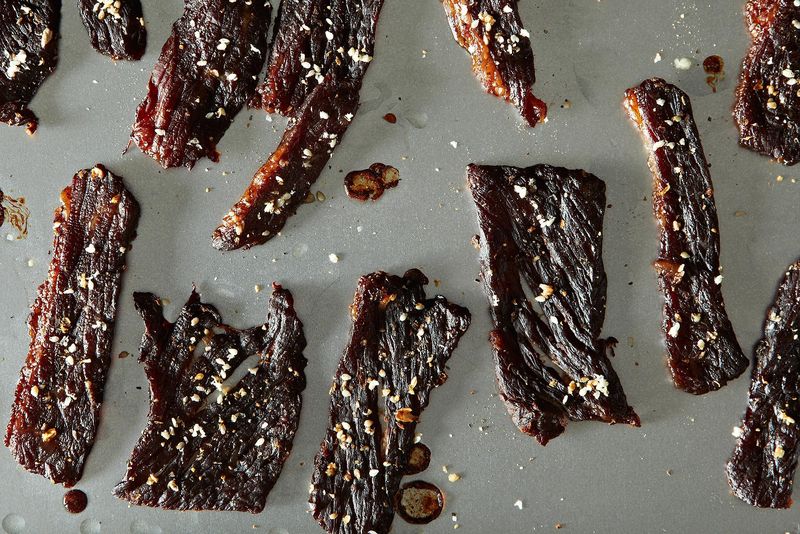
Here are a few of my favorite items to buy.
Korean Mother Sauces: Gochujang, Doenjang, and Ganjang
Much of Korean cooking is based around three essential, easy-to-find foundations called jangs, and each plays a role in creating the layers of flavors for which Korean cooking is famous. Here’s our nickel jang tour:
-
Gochujang (Spicy Fermented Pepper Paste)
Everybody has gone nuts for Sriracha, but Sriracha had better watch its back for gochujang. Identified by its bright red container, gochujang (pronounced GO-CHOO-jong) is a fermented soybean and red pepper paste that is used in soups, stews, sauces, and barbecue marinades. It’s savory, slightly funky (in the best way), a little sweet, and can be hotter than the peppers grown at Satan’s CSA. So pay attention to the pepper rating system on the packaging. The 2 or 3 rating is my typical choice. -
Doenjang (Fermented Bean Paste)
If gochujang is the fireworks at the Fourth of July celebration, doenjang (pronounced DEN-jong) is the music that plays along in the background. It's a nutty and salty fermented soybean paste that is deep and graceful—but without the flash. Doenjang is used in many aspects of the Korean kitchen, including Korea’s most-popular soup, doenjang jjigae, and in the delicious condiment found at the Korean barbecue table: ssamjang. -
Ganjang (Korean Soy Sauce)
Ganjang (pronounced GAN-jong) is the liquefied byproduct from doenjang's production—or, essentially, soy sauce. In Korean cooking, there are two main types available: regular and those used for soups. The regular variety is very similar to those found in China and Japan: salty, earthy, and packed with umami. The soup variety of soy sauce is unique to Korea. It is much lighter in color and sodium content and, as the name suggests, used in a variety of soup broths. It is also key when preparing namul (marinated vegetables). A good rule of thumb with soy sauce is to buy the low sodium bottles. Salt can always be added, but never taken away.
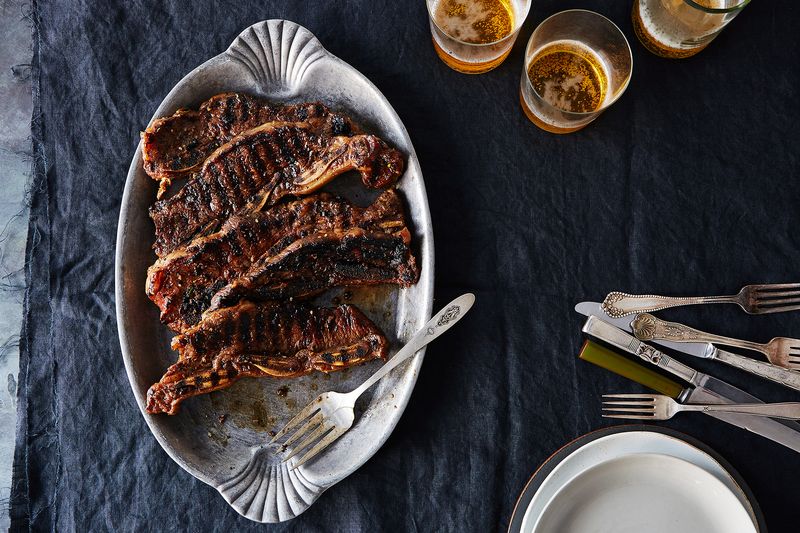
Garlic (Maneul)
For those who have never shopped at a Super H Mart or any big Korean grocery store, a first trip to the produce section is a bit of a shocker: Good god is there a ton of garlic! Peeled and unpeeled. Pickled and pulverized. It makes sense, as South Korea trails only China and India in annual garlic production. If you’ve already cooked at all from my book, you'll see how nearly every dish calls for a clove or twelve. Selecting good garlic is as easy as opening your eyes (make sure the bulb looks plump and healthy and not shriveled) and nose (if you’re buying garlic already peeled, give it a whiff: It should be full and not faded).
And in a pinch, don’t be afraid to buy garlic already minced in a jar. If you cook your way through this book, you’re going to use it.

Ninja Food Processor
Manipulating large quantities of pulverized onions, radish, Asian pears, carrots, and cabbage is a distinctly Korean kitchen move, so food processors are great (that’s a Blur reference for those fans of 90s Brit pop).
While my co-author Deuki Hong is a chef and all cool with his hulking Vitamix—the Ferrari of the food processor world—many are not so lucky. A good option is the Ninja, which you can buy cheap on the Internet or at your local super store. It’s a great little gadget, sold with multiple detachable cups. You can designate one of them for your adventures in Korean cooking so you don’t make your next chocolate soufflé taste funny. Paint a little Korean flag on it if you are into arts and crafts.
Red Chile Powder (Gochugaru)
Korean red chile powder is sold both coarsely and finely ground. The flavor is sweet and ever-so-slightly smoky, but the main function is to add heat. Korean food can be H-O-T. To cook Korean food at home, it’s pretty essential to buy a bag of gochugaru, as cayenne or crushed red pepper flakes will just not work the same.
Prices can range from a couple dollars to nearly $20 for the Merck-grade artisanal stuff. And watch out for the extremely hot gochugaru made from finely ground seeds. Once I unknowingly bought a small bag of the seed variety at Tongin Market in Seoul and cooked with it back in New York. That was not pretty.
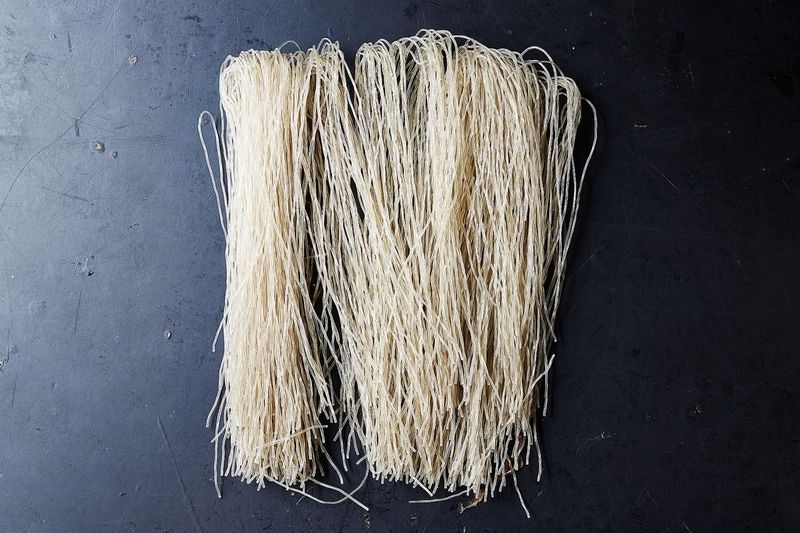
Dangmyeon noodles, made of sweet potato starch, are an essential ingredient in jap che. Photo by Mark Weinberg
Dried Anchovies (Myeolchi)
Not all anchovies are created equal. Some are fishy, while others are mellow and briny, and they're sold in different sizes. They are used in many aspects of Korean cooking and add a natural reminder of the ocean. Korea is a peninsula surrounded by pristine ocean, and seafood plays a major role in the cooking; anchovy stock, for example, is the base for many hot pots and requires a quality product.
High-quality anchovies have healthy, shiny skin and are oftentimes sold frozen (humidity is an anchovy’s worst enemy, which is why you should always keep them in the freezer). The good stuff doesn’t come cheap, however: It's imported from Busan and sold frozen for around $10 to $15 a box or small bag.
Disposable Plastic Gloves
Buy a box for making kimchi and thank me later.
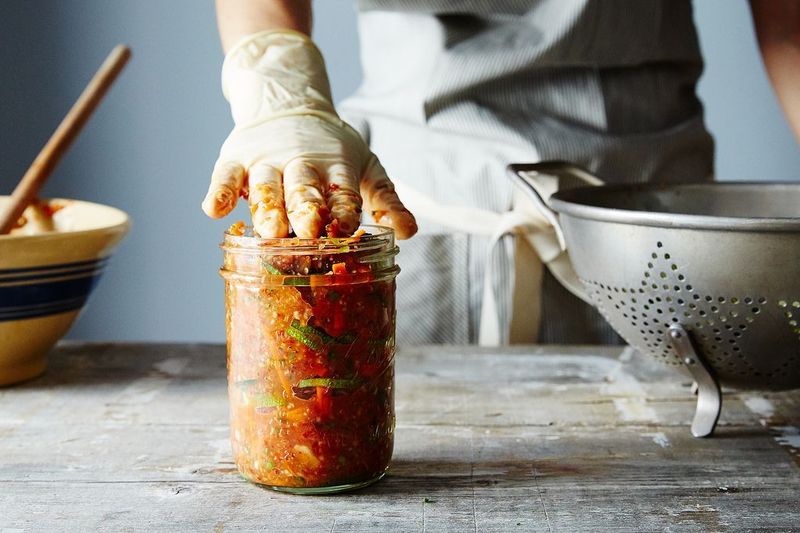
Photo by James Ransom
Jeon (Pancake) Mix
Crisp savory pancakes (called jeon) are one of the most popular Korean foods, ordered at restaurants with particular glee. But here’s a secret about those wonderful pancakes: They are almost always made from a mix, which you can find at all Korean grocery stores.
Okay, sure, using a store-bought mix is a little funny given how so much Korean food is made from scratch. I’m likely breaking a Food52 code of homemade-ness. Sorry guys. But, honestly, using Korean pancake mix (a blend of flour, baking powder and cornstarch that helps with both texture and flavor) saves on time, and is exactly what they use at restaurants.
Fish Sauce (Aekjeot)
We use fish sauce, also referred to as anchovy sauce, in a few dishes in Koreatown. It’s not as much of a staple in Korean cooking as in Thai or Vietnamese, but where it is used, we highly recommend using the brand Red Boat because the producers use only anchovies and salt and they make it the traditional way, with no fillers. And you don’t want to know what kind of filler is in some of the off-brand fish sauces you will find...
Seaweed (Gim)
The names can be a bit confusing, but in general: laver (English) = nori (Japanese) = gim (Korean). Koreans pride themselves on the seaweed farmed in the pristine waters off the country’s southwest coast, and it comes in many forms. You are probably already familiar with the small packages of roasted and seasoned seaweed sold at health food stores and at Trader Joe’s. That’s one popular type of seaweed. We use it in a few noodle and rice bowl recipes, sheared with scissors for a tasty garnish. Miyeok (also called wakame) is another type of seaweed; it's silky smooth when rehydrated in liquid and used in a birthday soup called miyeok guk.
Sesame Oil (Chamgireum)
Some have called sesame oil the olive oil of Asia, which is on the right track. In Korea, high-quality sesame oil is valued so dearly that some will source their own sesame seeds, toast them to their specifications, and take the seeds to a mill for processing. In Koreatowns in America, sesame oil dealers are neighborhood fixtures—and sometimes secretive. A Los Angeles Times writer was once chased out of a shop when she started to take a photo.
The reason for all this effort is that once you’ve tasted a freshly pressed product, drizzled over a bowl of rice or painted on a hunk of kalbi, there’s no way in hell you are going back. The best bet is to buy a couple bottles from the Asian grocery store and see which one you like (some are “nuttier” while others are “sweeter,” and calling one "the best" comes down to a matter of taste). And unless you are cooking a ton, it’s best to buy sesame oil in small quantities and keep it refrigerated, as it can go rancid.
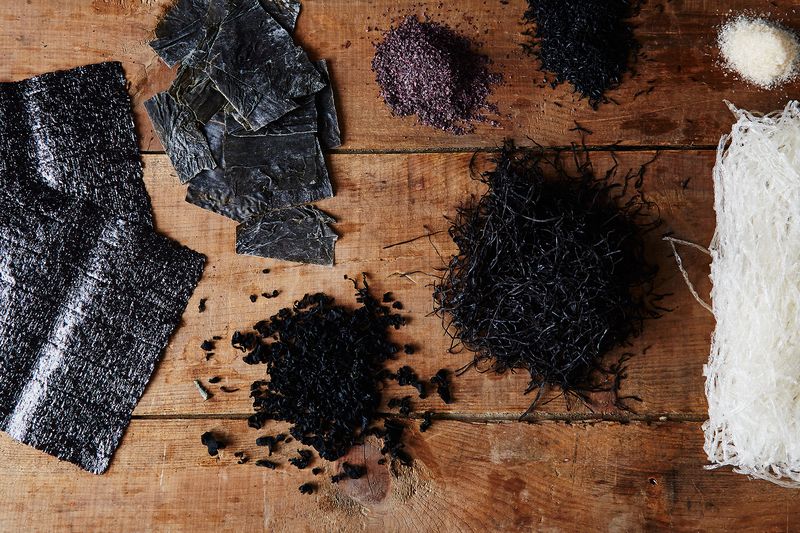
Rice Cooker (Electric)
If you have the counter space and 30 bucks, an electric rice cooker is a very good investment. Nearly every Korean family has a rice cooker resting permanently (and prominently) in their kitchens. Korean food is oftentimes, nearly always, enjoyed with a bowl of rice. And while in Koreatown we offer a very good stovetop method, nothing beats the set-it-and-forget-it convenience of a rice cooker. And if you find yourself flush one afternoon, spend $200 and the thing will sing a K-pop song for you when the rice is ready.
Tabletop Propane Barbecue Grill
So you know that thing where you grill your own meat on the table at a Korean barbecue restaurant? That’s fun, right? Well, you can do it at home if you buy one of these for like $40. Just make sure that it’s not an electric model. Grilling kalbi on a souped-up panini press will not really get the job done.

Kimchi Refrigerator
These small refrigerators (think dorm room size) are widely sold in Korea, as well as appliance stores in the larger Koreatowns in the United States. Think about it: If you are working on a crucial 30-day kimchi fermentation, you don’t necessarily want to be reminded about that every time you open the fridge door. If you have the space, like a garage or sub-basement and want to tell your friends that you’re getting serious about Korean food, pick one up. They can hold your soju, too.
This article was written by Matt Rodbard from Food52 and was legally licensed through the NewsCred publisher network. Please direct all licensing questions to legal@newscred.com.







